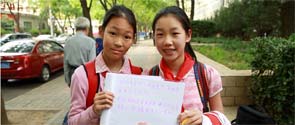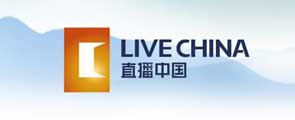Full coverage: Premier Li Visits Australia, New Zealand
BEIJING, March 21 (Xinhua) -- More than a year passed since the signing of the China-Australia Free Trade Agreement (ChAFTA). It is increasingly clear that the landmark deal has facilitated bilateral trade and helped underpin bilateral relations.
After entering into force on Dec. 20, 2015, more than 85 percent of Australia's goods exports to China (by value in 2015) now enter duty free or at preferential rates thanks to the agreement, and that percentage is expected to continue to rise in the coming years.
Although the value of Australia's exports has declined due to global pressures on key commodities over the past two years, services exports have surged 20 percent. Currently, Australia's education sector ranks third, while tourism exports rank fifth for a combined 26.14-U.S.-billion revenue boon.
In the first three quarters of 2016, as tariffs were cut, the value of Australian exports to China at least doubled for products including fresh cherries, fresh and chilled abalone, and unwrought zinc, according to Steven Ciobo, Australia's minister for trade and investment.
Over the same period, export values of fresh table grapes jumped six-fold to 102 million U.S. dollars, exports of medicaments for therapeutic use grew more than 90 percent to 523 million dollars, according to him.
Milk powder exports grew almost 80 percent to 127 million dollars, bottled wine exports grew more than 40 percent to 309 million dollars, fresh navel orange exports grew 55 percent to 51 million dollars, and fresh cheese exports grew 28 percent to 33 million dollars, Ciobo said.
With the third round of tariff cuts under ChAFTA in place since January 2017, premium Australian products like bottled wine, various pharmaceuticals, nuts, ice cream and seafood face a tariff less than half that paid by major competitors like France, the United States and Canada, he added.
For the Chinese part, China's exports to Australia have grown by 7.9 percent between the 2014/15 and the 2015/16 Australian financial years to account for 18.4 percent of all imported goods, far ahead of second-placed Japan at 13.6 percent, James Laurenceson, deputy director and professor of economics with Australia-China Relations Institute at the University of Technology, Sydney, told Xinhua.
China's outbound direct investment (ODI) into Australia surged 56.1 percent year-on-year to 3.68 billion U.S. dollars in 2016, exceeding the growth rate of the country's overall ODI, according to the Chinese Ministry of Commerce.
A number of Chinese airlines increased direct flights between different Chinese locations and Australian cities, and the number of Chinese tourists to Australia exceeded 1.3 million in 2016, up 17.9 percent year-on-year.















